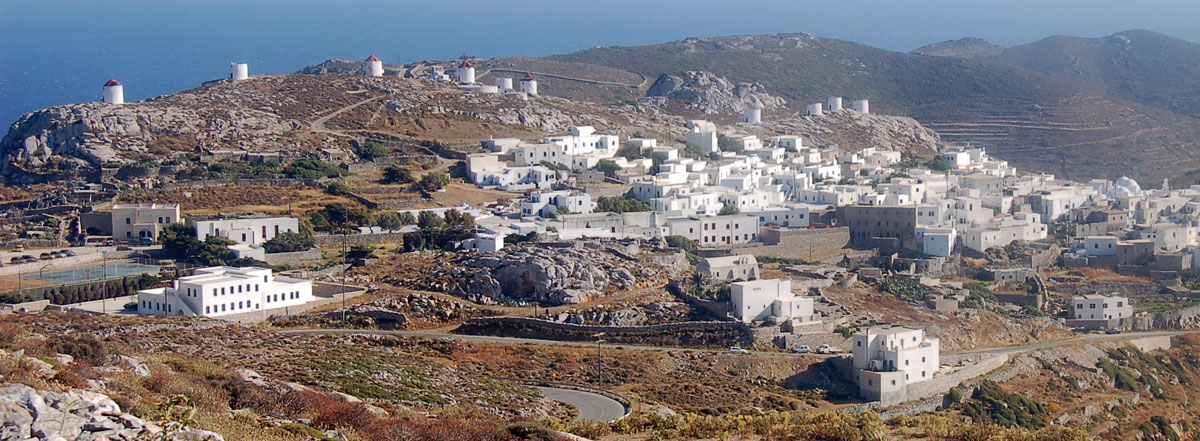
Amorgós has accommodated in the past several different civilisations, which is why the island was known with different names like Pagáli, Psychiá, Melánia and Karkisía. According to some, today’s name Amorgós derives from antiquity, when the island was known for its produce of women’s tunics. These tunics were made with a special method which produced thread from local linen canes and were called Ámorgos.
First signs of inhabitance are from the 5th millennium AD, however civilization started on the island during the 4th millennium BC by the Cycladites. During the peak of the Minoan civilization, the Cretes founded on Amorgós the city of Minóa (built in the wider area of where Katápola is today), and used the island as a base for their Aegean sea routes. In the 10th century BC, Ionians from the island of Náxos came here and built the city of Arkesíni in SE Amorgós, and 300 years later, Ionians from Asia Minor founded the city of Aigiáli, approximately where today’s settlement of Tholária is.
Thus, in the Classical years, Amorgós hosted the coexistence of 3 cities of 3 different civilisations which actually grew to be rich and prosperous city – states.
Following the conquering of the island by the Macedonians and the crush of the Athenians in the sea battle of Amorgós (332 BC.), a countdown started for Amorgós and by the coming of the Roman rule, the island was severely depopulated. The Romans used it as a place of exile.
In the Byzantine years, Amorgós suffers by piratic raids. During the byzantine time of Iconoclasm (1088 AD), the monastery of Panagía Hozoviótissa was built, an impressive construction built inside the rock. The name Hozoviótissa comes from the coming of Holy Mary’s miraculous icon from Hozova in Palaistine.
In 1207, the island was conquered by the Venetians and 3 centuries later, in 1537, by the Ottomans who kept it up until 1824 when the island was freed during the Hellenic Wars of Independence. All these years, the islanders were practicing piracy systematically.
Monastery of Panagía Hozoviótissa: Built inside the rock, 300m above sea level, the monastery is an impregnable castle from everywhere. It was built by Emperor Aléxios the 1st Komninós. It extends for 8 floors but is only 5m wide. Inside the Monastery, there is a library with valuable manuscripts and exceptional icons.


